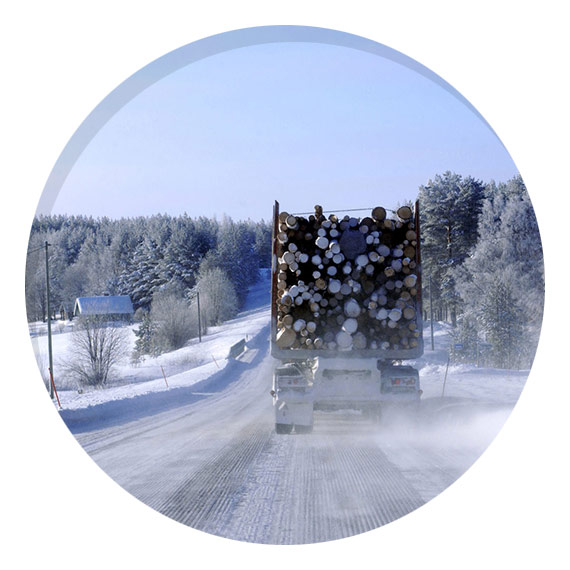Arctic life is normal life in Finland
 Kuva: Tuomas Marttila
Kuva: Tuomas MarttilaDuring the coming year, the Finnish Meteorological Institute wants to raise to the fore Finland's knowledge and experience of the Arctic region, its special characteristics, its challenges, and the dramatic climate change currently taking place there.
The chairmanship of the Arctic Council will transfer from the US to Finland in May 2017 and will remain with Finland until May 2019. The Ministry for Foreign Affairs will be responsible for the coordination of activities during the chairmanship. The themes for the chairmanship include environmental protection, meteorological cooperation, communication links, and the cross-cutting themes of the Paris Agreement and the UN Sustainable Development Goals. ‘All of these themes relate, in one way or another, to the work of the Finnish Meteorological Institute,' says Johanna Ekman, Project Manager for the Finnish Meteorological Institute.
Activity increasing in Arctic areas
Climate change is taking place faster in the Arctic region than anywhere else. With climate change, travel, shipping and the utilisation of natural resources will also increase in the Arctic region, which will increase the demand for both observational data on the Arctic environment and the services related to this.
‘The area of Finland north of the Arctic Circle is officially defined as part of the Arctic region, so it is clear that both the Finnish Meteorological Institute as well as many other organisations already have the expertise which will in the future be needed at ever higher latitudes. This expertise can be turned to economic benefit through the whole area north of the Arctic Circle,' Ms Ekman further explains.
Sustainable activities require broad and diverse cooperation
Safe and sustainable activities in the Arctic region required close cooperation, with one example of this being the development and construction of supporting infrastructure for activities in the region. ‘Many of the Finnish Meteorological Institute's research projects are focused on improving the safety and smooth operation of societal activities in Arctic areas using smart information and communication technology. The same infrastructure also enables the development of education and health care services in areas where the distances between places are large,' Ms Ekman says.
Cooperation is also needed in the meteorological sphere, as quality weather condition services require comprehensive observation data. ‘The observation network should be developed so that it covers the Arctic region significantly better than at present. The current deficiencies in the observation network can be seen especially in areas of open sea, which account for a large proportion of the Arctic.'
‘The chairmanship of the Arctic Council offers us the opportunity to highlight the current inadequacies of the observation network. The intention is to make a proposal to the Arctic council that a working group be set up find out about observation activities in the Arctic region.'
The Finnish Meteorological Institute want to be involved in promoting the establishment of the World Meteorological Organisation's joint Nordic observation and service centre. The centre's purpose would be to harness the capacities of different countries to produce together more information about Arctic areas using open data principles. ‘A good example of this is the National Satellite Data Centre in Sodankylä, which receives satellite data in Arctic areas. The data can be utilised by environmental and safety authorities, but also, because the satellite data is openly available as a cloud service, the observations can also be put to use by others, such as startup application developers, for example.'
‘In addition to this, dialogue between the research, political, and business spheres should of course also be increased so that social needs can be clarified and research findings can be brought closer to everyday life,' Ms Ekman concludes.